Ulmus glabra Wych elm (also Ulmus procera-English elm)
Amelanchier alnifolia (Juneberry), Rosaceae
These open June–July and have a pleasant sweet flavour. Unfortunately, the birds love them too – so you have to net them if you want to eat them.
Scorzonera hispanica (Scorzonera), Asteracea or Compositae
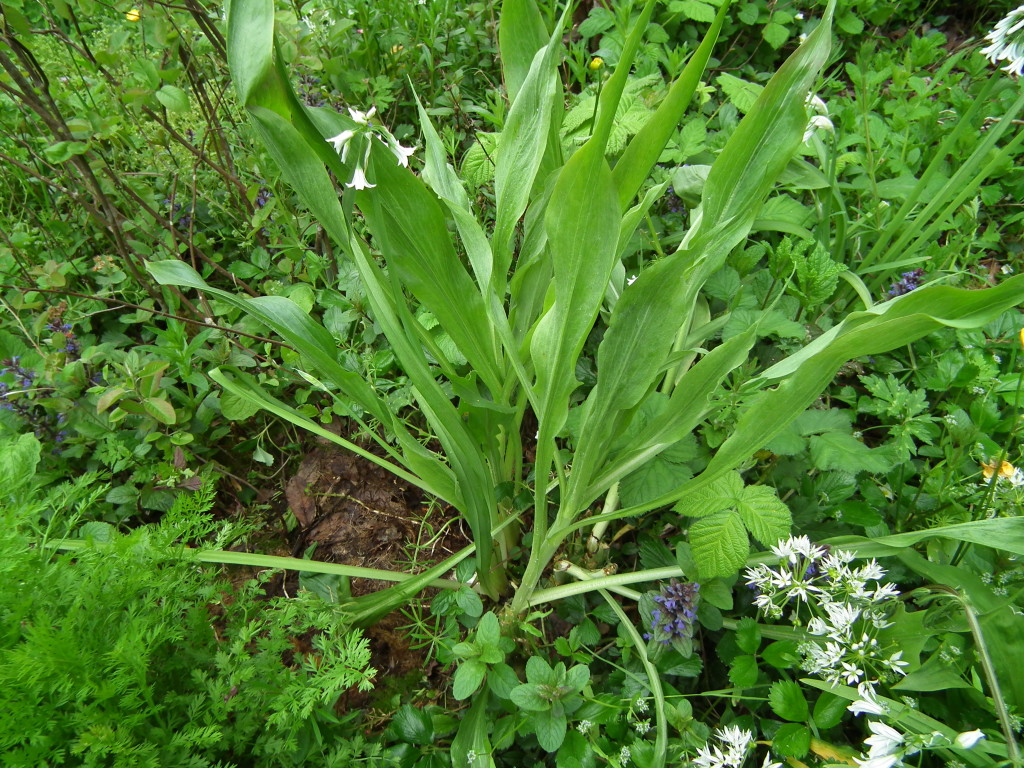 A perennial vegetable with edible leaves and a large edible taproot. Closely related to salsify (which is biennial).
A perennial vegetable with edible leaves and a large edible taproot. Closely related to salsify (which is biennial).
Allium paradoxum (Few-flowered Leek), Alliaceae
Crataegus monogyna Native Hawthorn
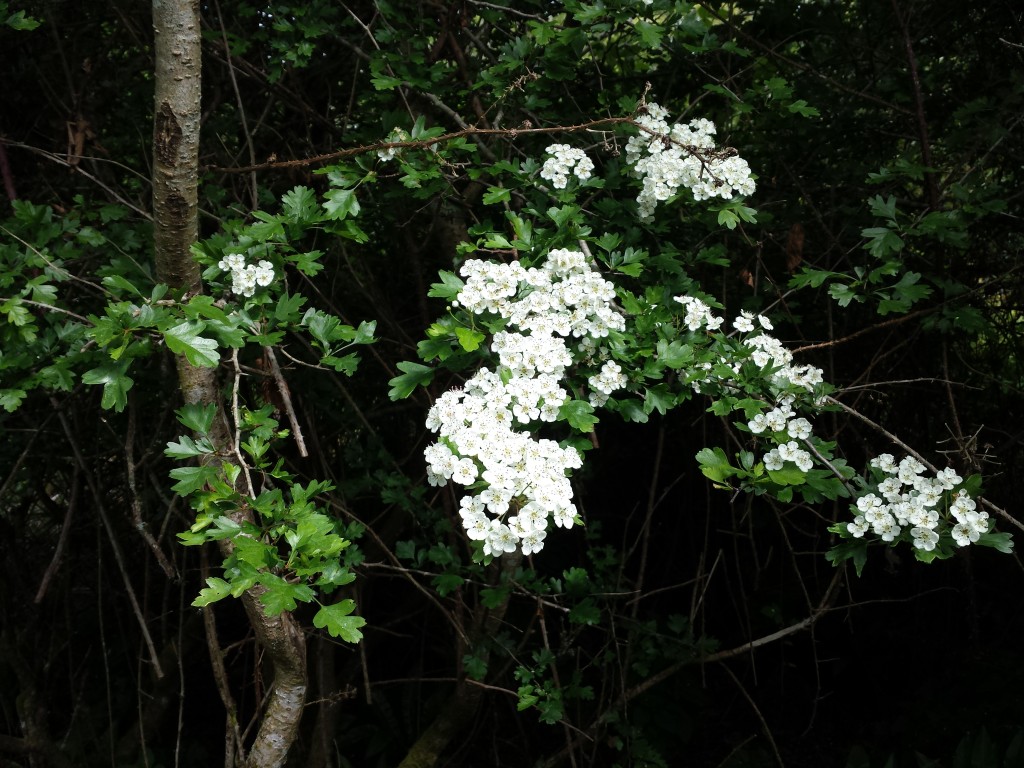 This native woodland edge tree comes into leaf early in the year. The fresh young leaves are edible raw in salads – or just pick and eat from the tree! They are rich in nutrients.
This native woodland edge tree comes into leaf early in the year. The fresh young leaves are edible raw in salads – or just pick and eat from the tree! They are rich in nutrients.
The flowers and fruits can be made into a tea which is good for the heart. The fruits are edible but rather small and mealy.
(see other hawthorn species later in the year, with larger, nicer fruit )
Tillia species lime tree
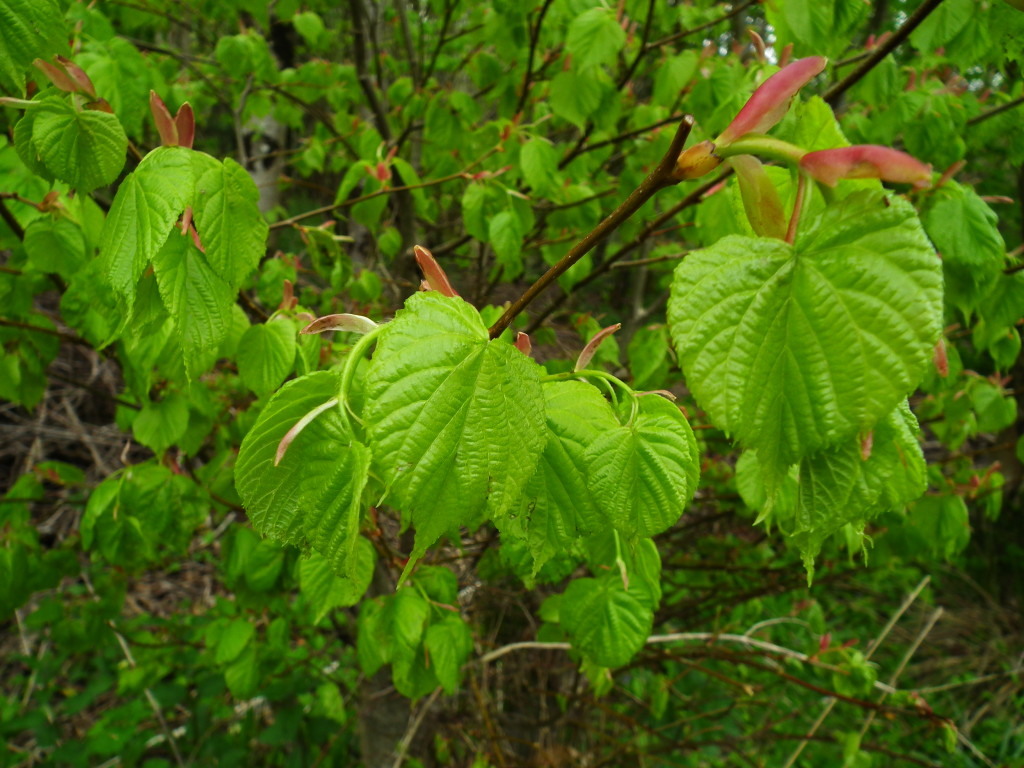 This is my favourite edible tree leaf. When young and tender, the leaves are very mild and pleasant.
This is my favourite edible tree leaf. When young and tender, the leaves are very mild and pleasant.
Fagus sylvatica Beech
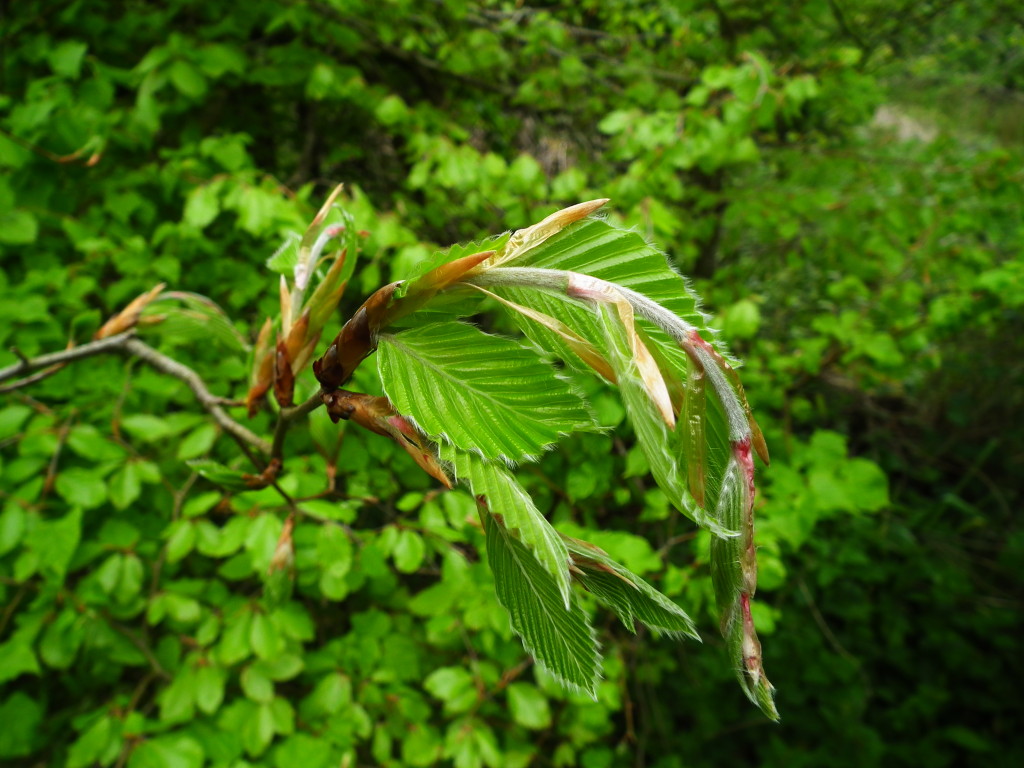 The leaves are edible when young and tender. The nuts are also edible later in the year- though small and fiddly.
The leaves are edible when young and tender. The nuts are also edible later in the year- though small and fiddly.
Allium triquetrum Three-cornered leek, Alliaceae
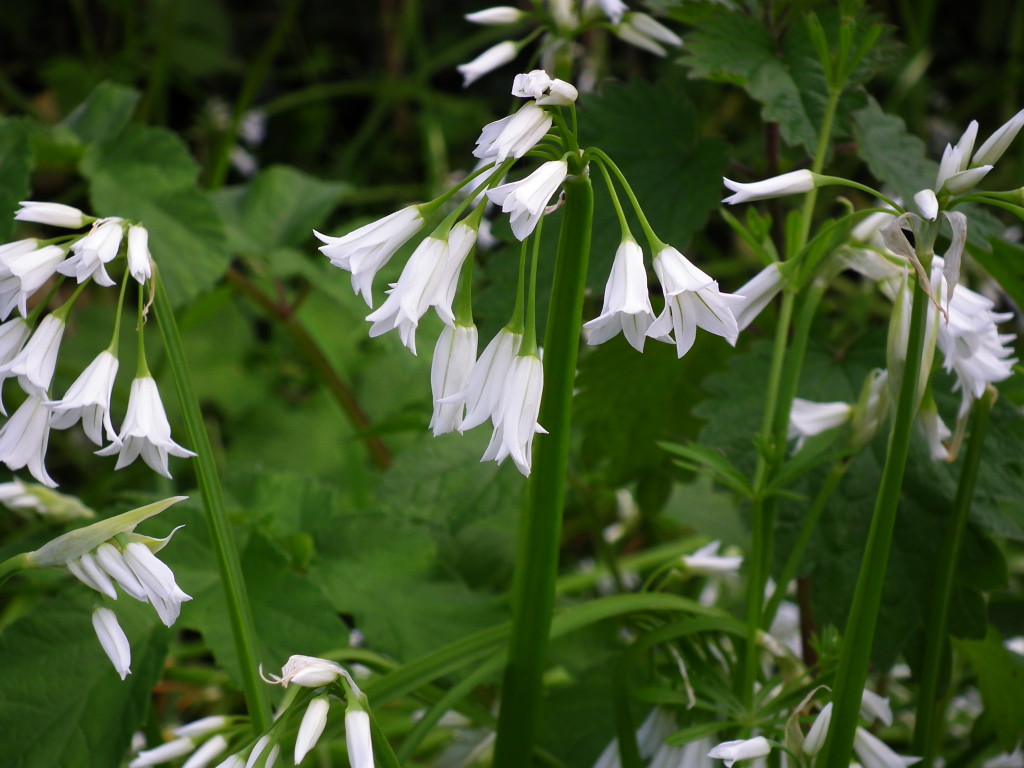
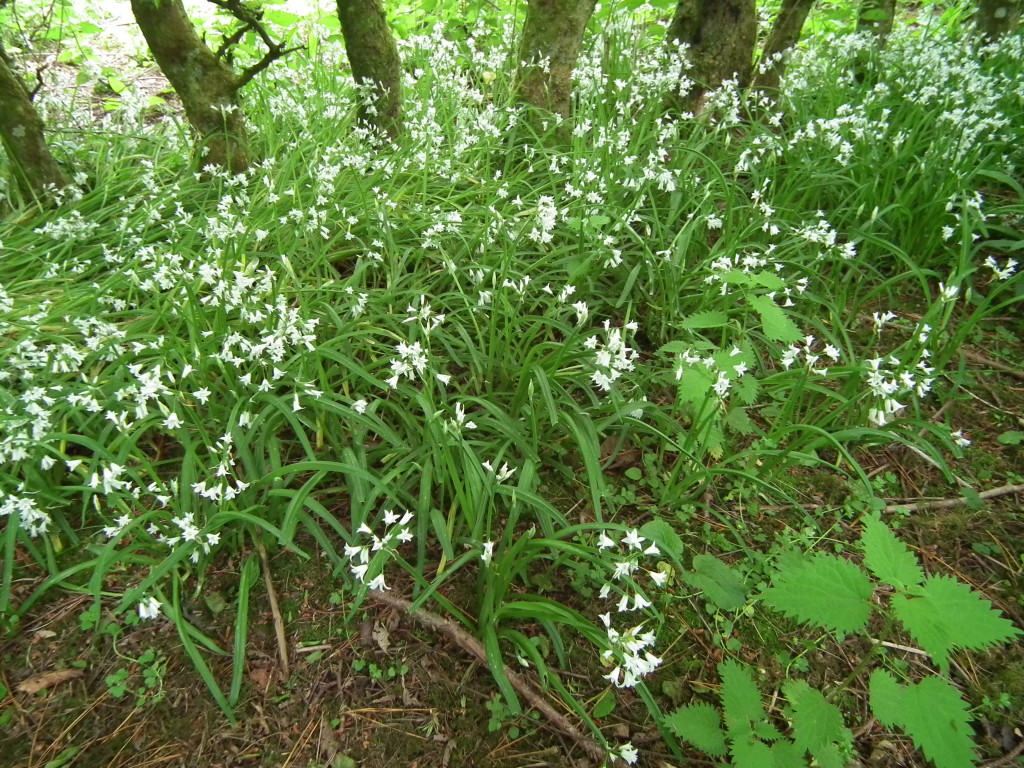 This is now flowering. The flowers are also good to eat. This grow particularly well in the semi shade of native trees
This is now flowering. The flowers are also good to eat. This grow particularly well in the semi shade of native trees
Foeniculum vulgare Fennel
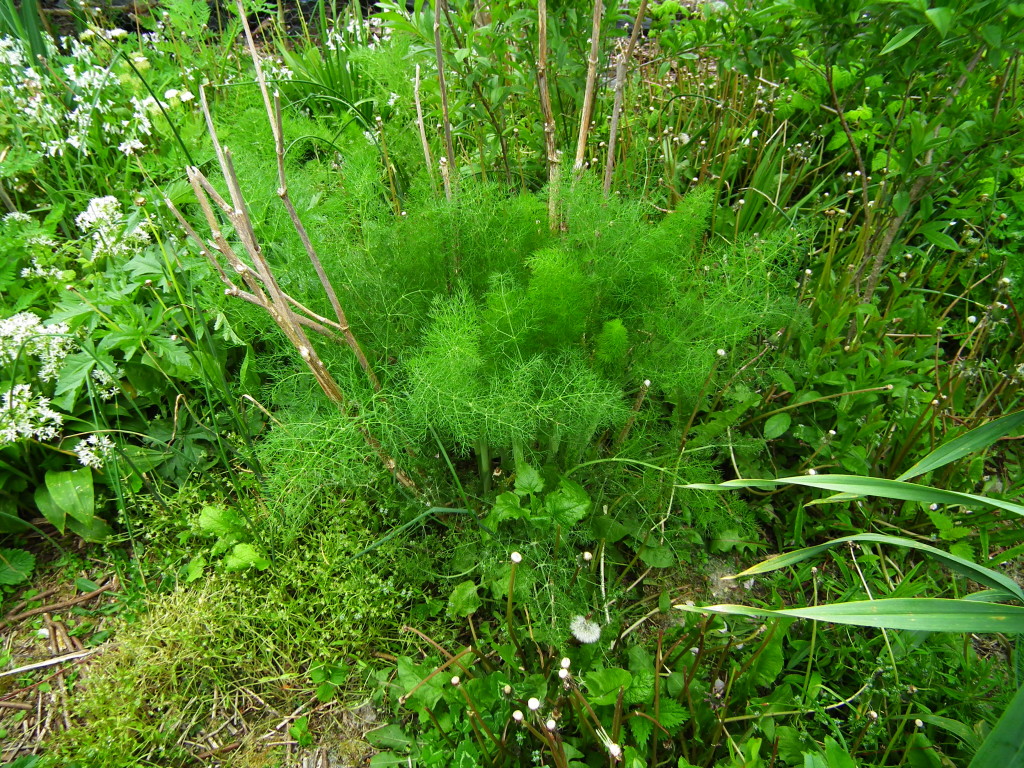 The young leaves have an aniseed flavour and are an excellent addition to salads. The flowers and seeds are also edible. It is good for the digestion.
The young leaves have an aniseed flavour and are an excellent addition to salads. The flowers and seeds are also edible. It is good for the digestion.
This plant is the perennial herb and not the biennial bulb.
Malva moschata (Musk Mallow), Malvaceae
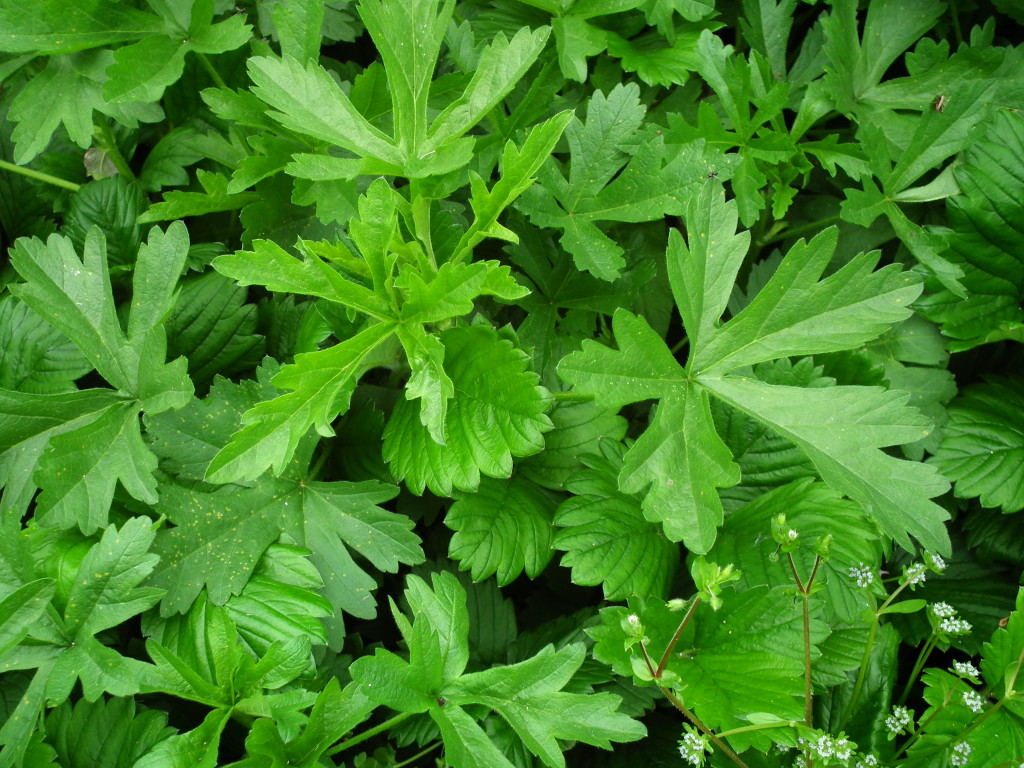 These edible young leaves have a bland flavour and a mucilaginous texture. The idea of a mixed salad is that you use the bland leaves such as this one as a base, and add in the strongly flavoured leaves according to what you like.
These edible young leaves have a bland flavour and a mucilaginous texture. The idea of a mixed salad is that you use the bland leaves such as this one as a base, and add in the strongly flavoured leaves according to what you like.
The flowers and the seed heads can also be eaten.
All mallows are potentially edible.
Allium ursinum (Wild Garlic), Alliaceae
Myrrhis odorata (Sweet Cicely), Apiaceae or Umbelliferae
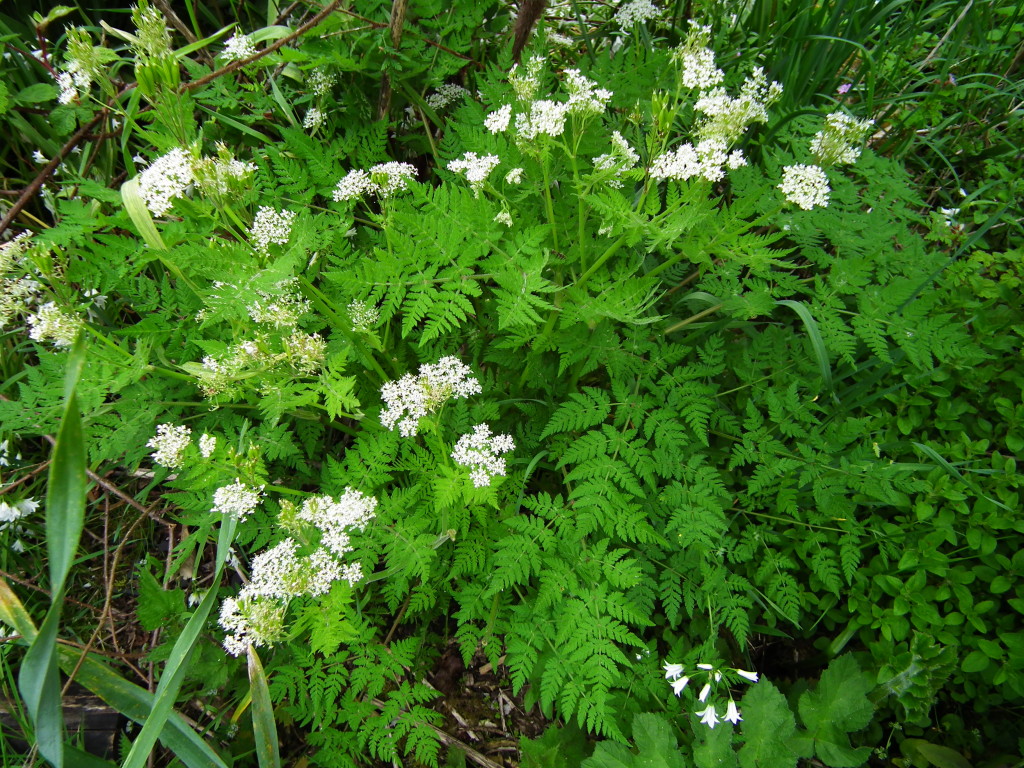 Now flowering. The flowers and seeds are edible.
Now flowering. The flowers and seeds are edible.
Malus domestica (Apple), Rosaceae, In flower.
One of the delights of this time of year is the apple blossom. We have over 100 different varieties of apple, ranging from the very early (ready for eating in August) to the very late (for storing until June the following year), and everything in between.
Campanula persicifolia (harebell)
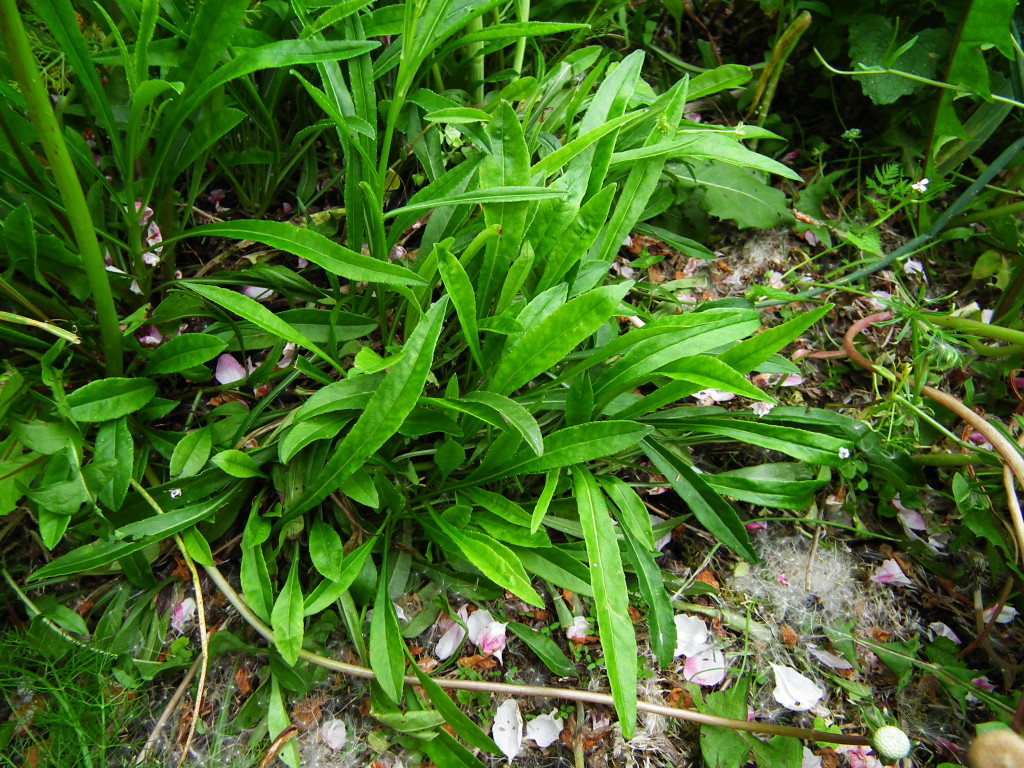 The young leaves and shoots are pleasant to eat. The flowers are larger and better to eat than those of C. poscharskyana.
The young leaves and shoots are pleasant to eat. The flowers are larger and better to eat than those of C. poscharskyana.
Sorbus aucuparia (Rowan), Rosaceae, flowers
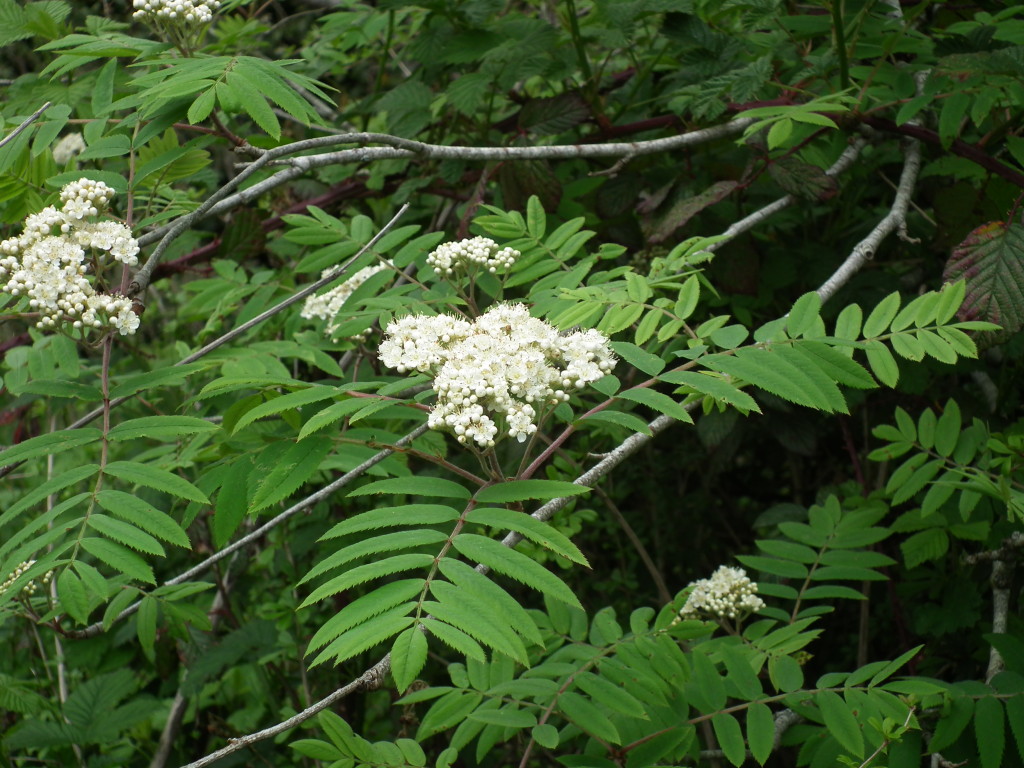 The small orange berries that come in the late summer are used for making jams and jellies. If eaten raw they are difficult to enjoy, but there is a larger-fruited cultivar that is said to be more palatable.
The small orange berries that come in the late summer are used for making jams and jellies. If eaten raw they are difficult to enjoy, but there is a larger-fruited cultivar that is said to be more palatable.
The trees are useful in an orchard, as the berries help to keep the birds off the developing apples.
Sorbus torminalis (Wild Service Tree), Rosaceae, in flower
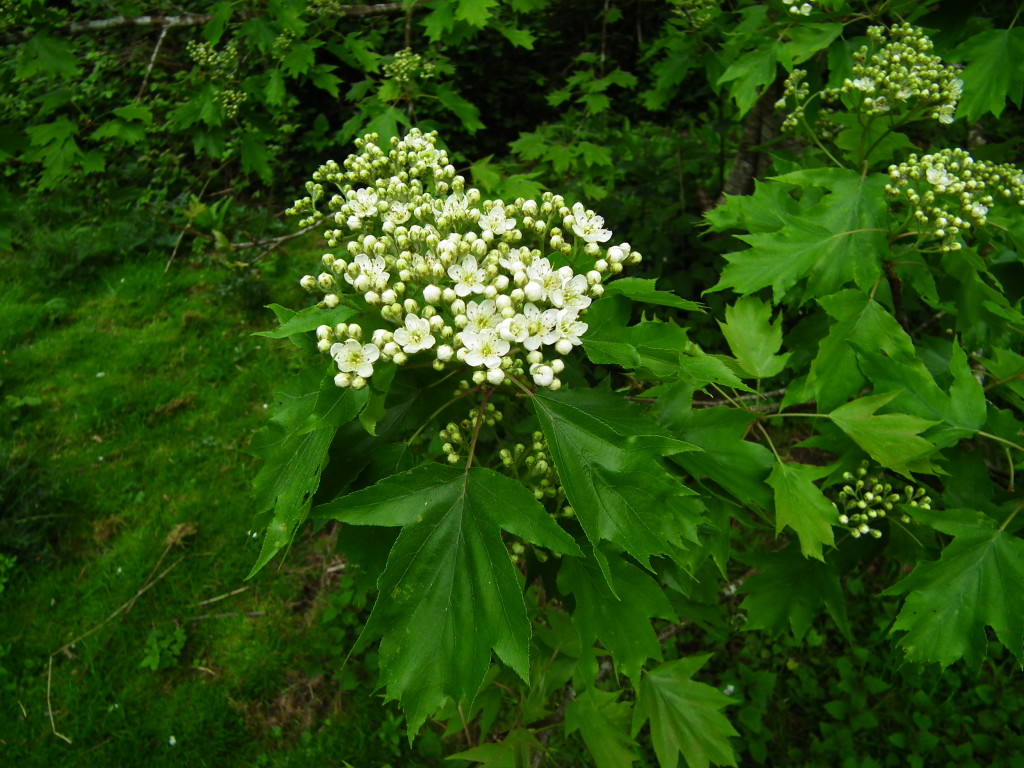 The small fruits are edible when bletted.
The small fruits are edible when bletted.
A related species, S. domestica, has larger fruits that are delicious when bletted. (Take care not to over-blet, as they will then continue fermenting inside you, with very uncomfortable results!)
Rosa rugosa, Rosaceae,
Berberis (Barberry), Berberidaceae, flowers
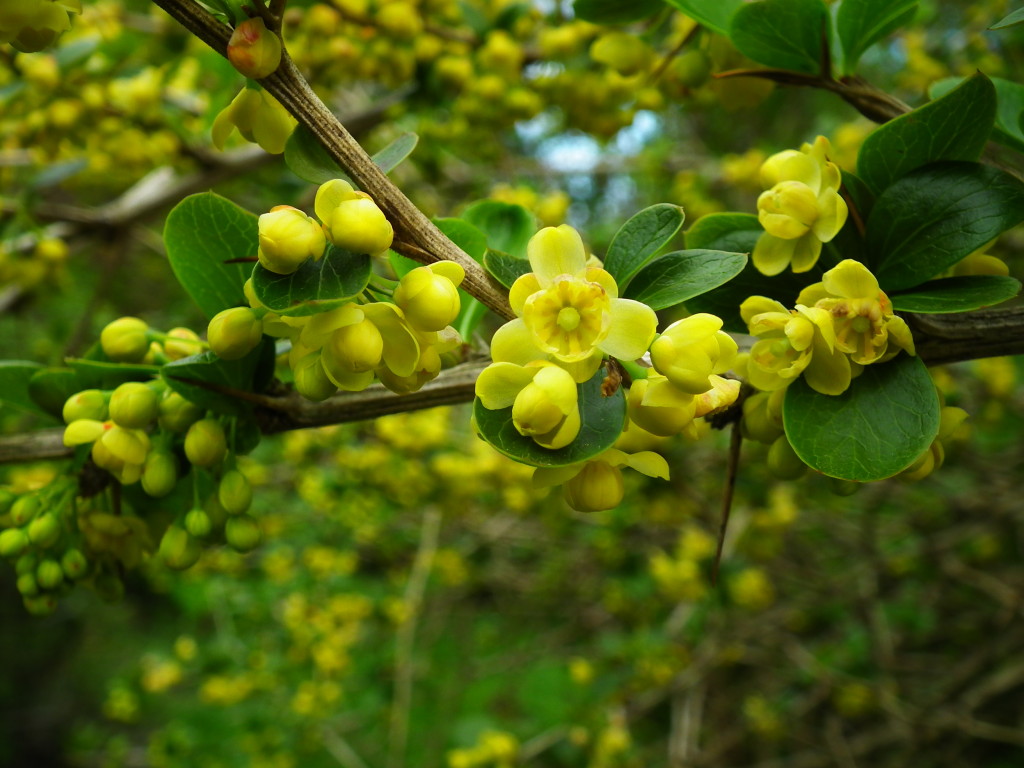 Unknown species, with fruits ready in September–October. These are red and tasty, with the same medicinal properties as other barberry fruits.
Unknown species, with fruits ready in September–October. These are red and tasty, with the same medicinal properties as other barberry fruits.
Berberis vulgaris (Common Barberry), Berberidaceae, flowering
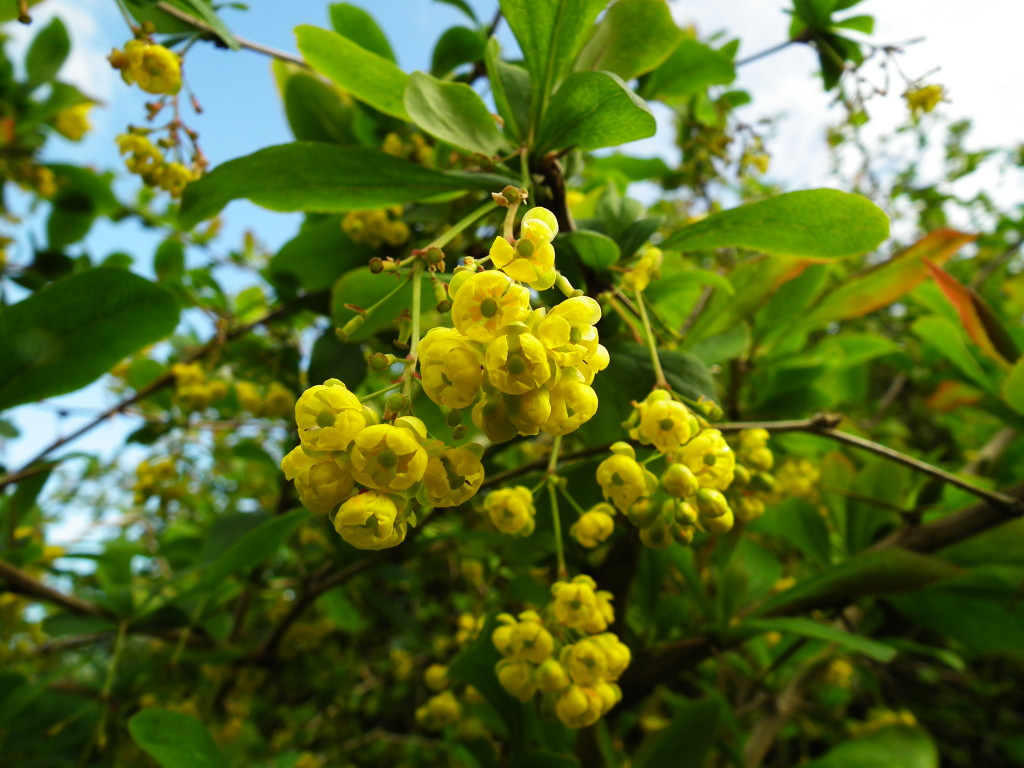
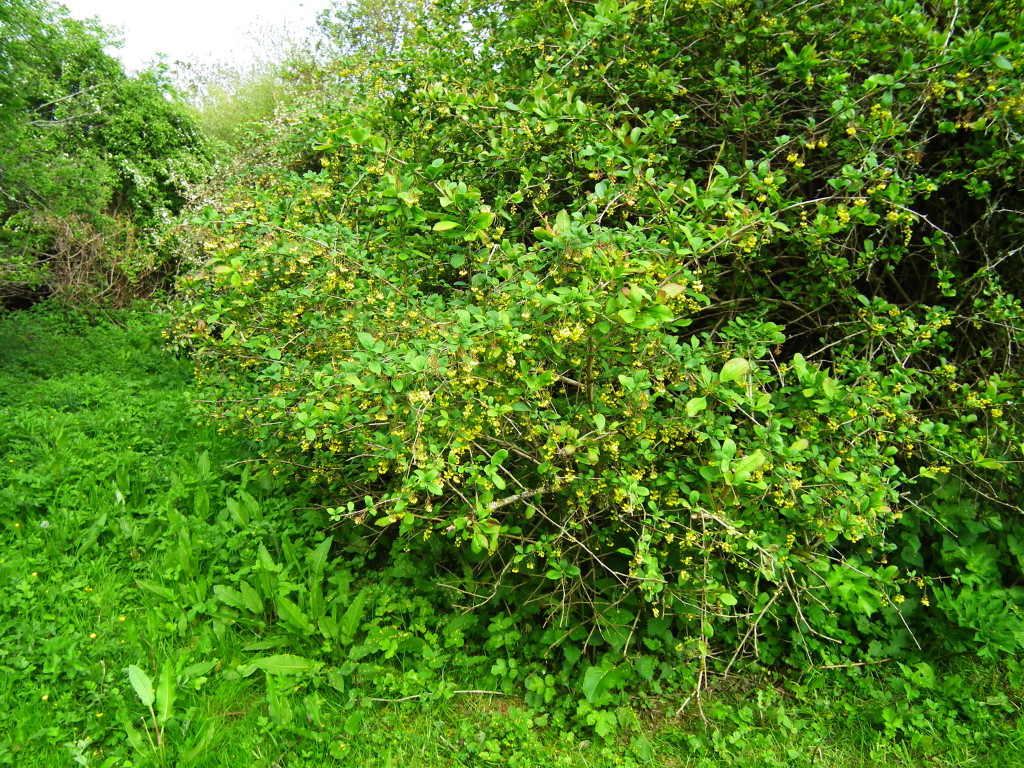 This is the native wild barberry, whose red fruits ripen August–September.
This is the native wild barberry, whose red fruits ripen August–September.
Bees love the flowers, which are rich in nectar.
Many species of wild bee thrive on our land because for a very large part of the year there is a wide variety of flowers for them to feed on. And, of course, we use no chemicals on the land!
Pittosporum tenuifolium (Tawhiwhi), Pittosporaceae

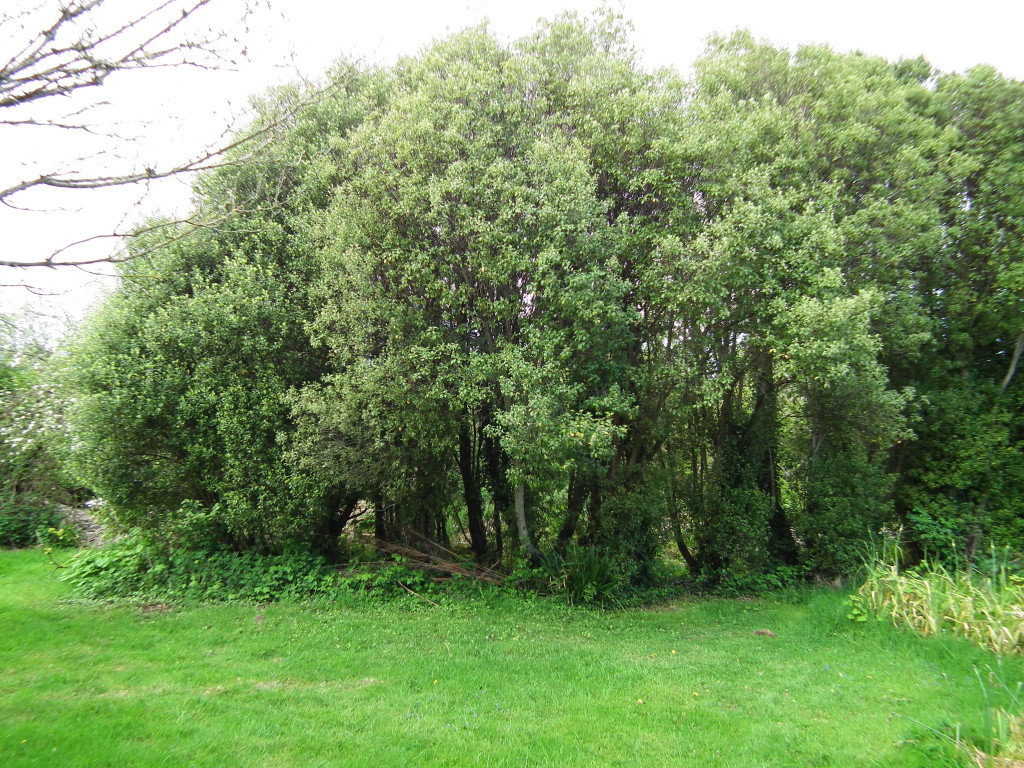 This makes an excellent fast-growing and wind-resistant evergreen hedge.
This makes an excellent fast-growing and wind-resistant evergreen hedge.
The flowers have a beautiful scent and are very attractive to bees.
Menyanthes trifoliata (Bogbean), Menyanthaceae, growing in the pond
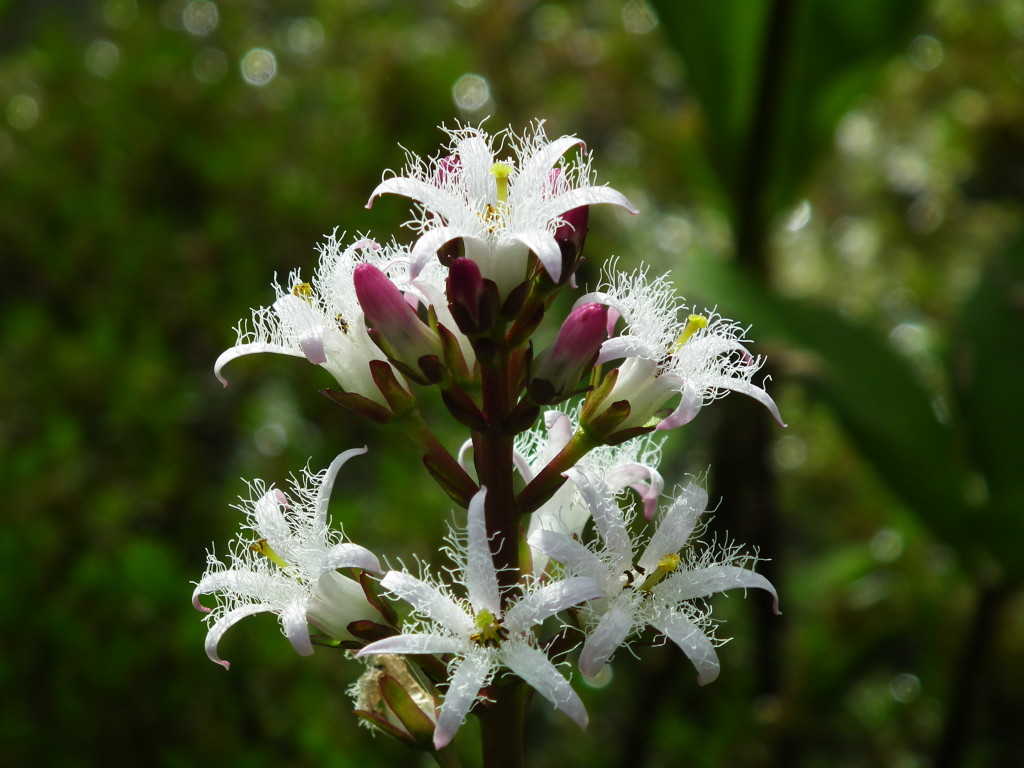
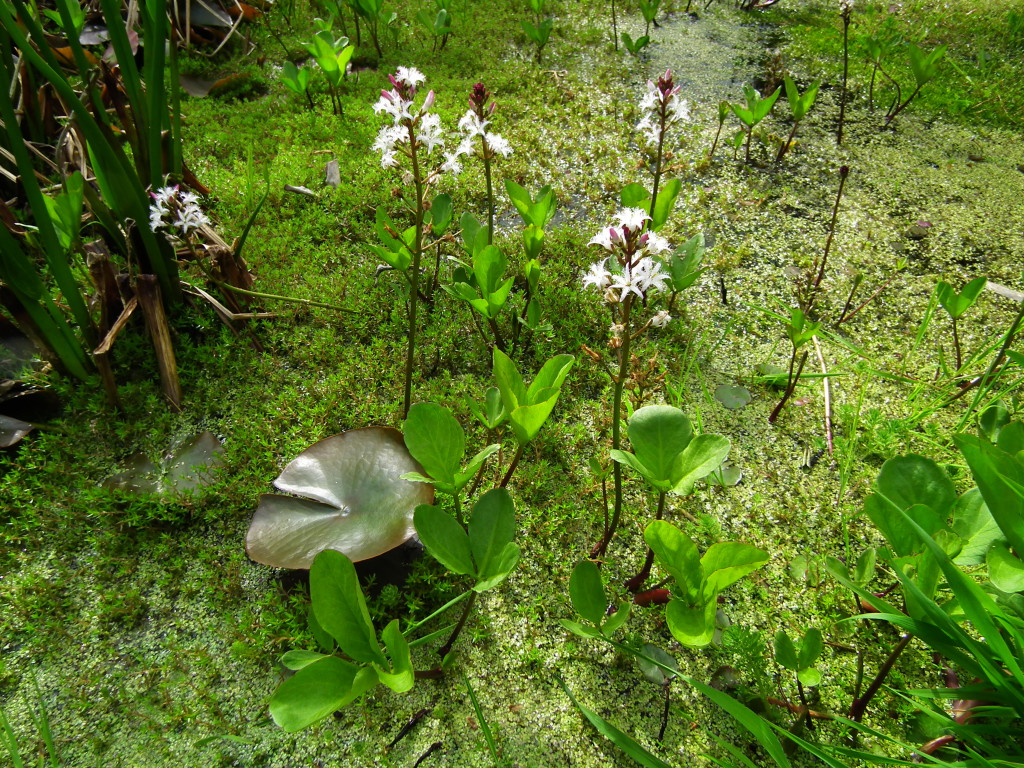 The root of this plant is an excellent (and very bitter) digestive and liver tonic, similar to gentian in its properties.
The root of this plant is an excellent (and very bitter) digestive and liver tonic, similar to gentian in its properties.
Rosmarinus officinalis (Rosemary), Lamiaceae or Labiatae
 This is a very useful health-promoting anti-oxidant herb. It can be used in cooking, in herbal teas, or in very small proportions in salads.
This is a very useful health-promoting anti-oxidant herb. It can be used in cooking, in herbal teas, or in very small proportions in salads.
Aronia arbutifolia (Red Chokeberry), Rosaceae, flowering
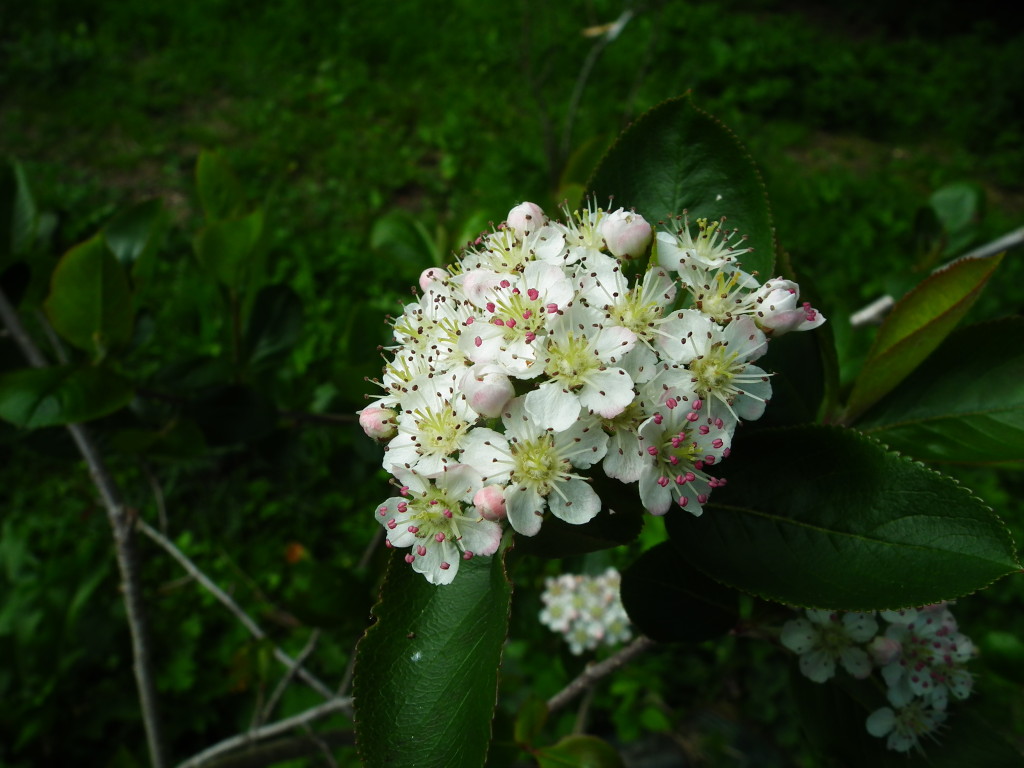 The fruit is a superfood, rich in many micronutrients. It is now being grown commercially to add body to fruit juices.
The fruit is a superfood, rich in many micronutrients. It is now being grown commercially to add body to fruit juices.
Elaeagnus multiflora (Cherry Silverberry), Elaeagnaceae
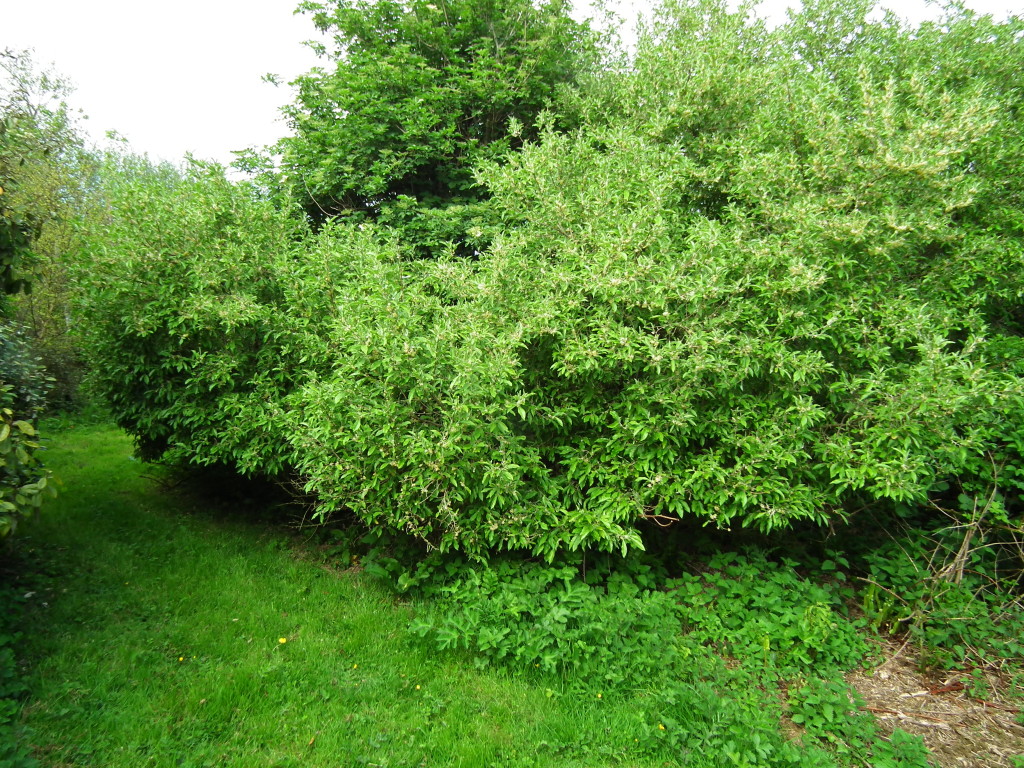 This is one of the deciduous species of Elaeagnus. It flowers in the spring and fruits in the autumn. The fruits are smaller and less astringent than those of the evergreen E. cordifolia, which fruits in March.
This is one of the deciduous species of Elaeagnus. It flowers in the spring and fruits in the autumn. The fruits are smaller and less astringent than those of the evergreen E. cordifolia, which fruits in March.
Rheum x cultorum (Rhubarb), Polygonaceae
 The large petioles (leaf stalks) are eaten in spring and early summer as a fruit substitute. Like sorrel, though, they are rich in oxalic acid, which tends to rob the body of minerals – so don’t eat too much of it!
The large petioles (leaf stalks) are eaten in spring and early summer as a fruit substitute. Like sorrel, though, they are rich in oxalic acid, which tends to rob the body of minerals – so don’t eat too much of it!
Rheum palmatum (Turkish Rhubarb), Polygonaceae

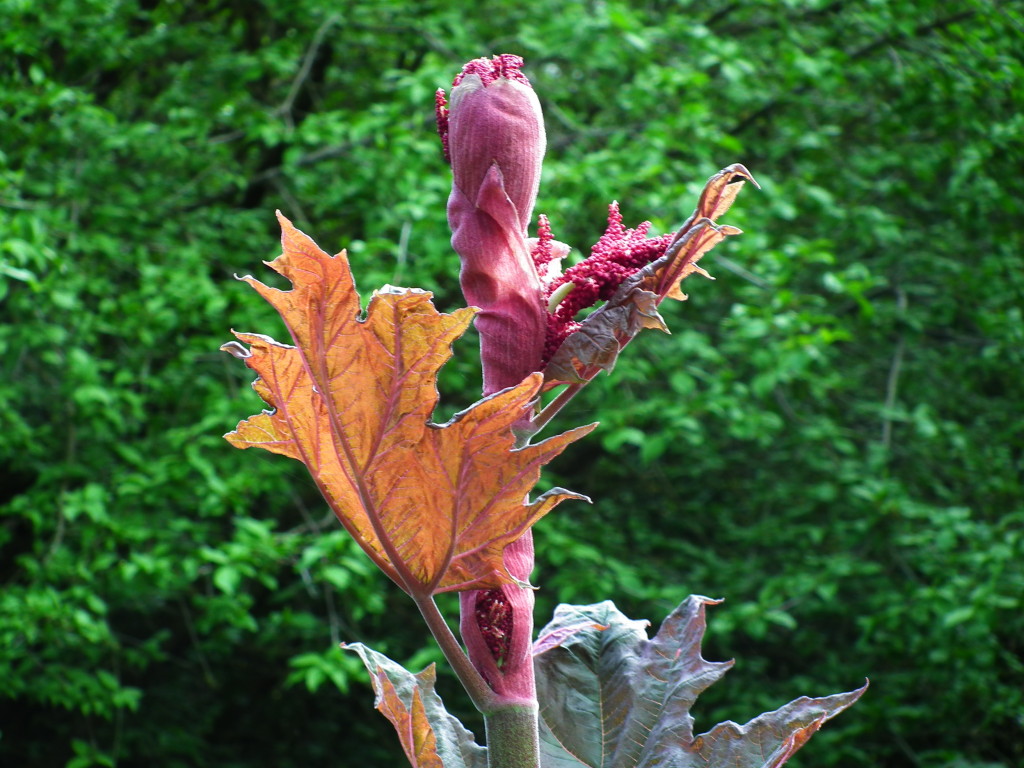 The stems and leaf stalks have dark red spots. The plant goes to seed and produces beautiful flowers. It can be used in the same way as ordinary rhubarb, but is more strongly medicinal (helpful for both constipation and diarrhoea).
The stems and leaf stalks have dark red spots. The plant goes to seed and produces beautiful flowers. It can be used in the same way as ordinary rhubarb, but is more strongly medicinal (helpful for both constipation and diarrhoea).
Campanula glomerata (Clustered Bellflower), Campanulaceae
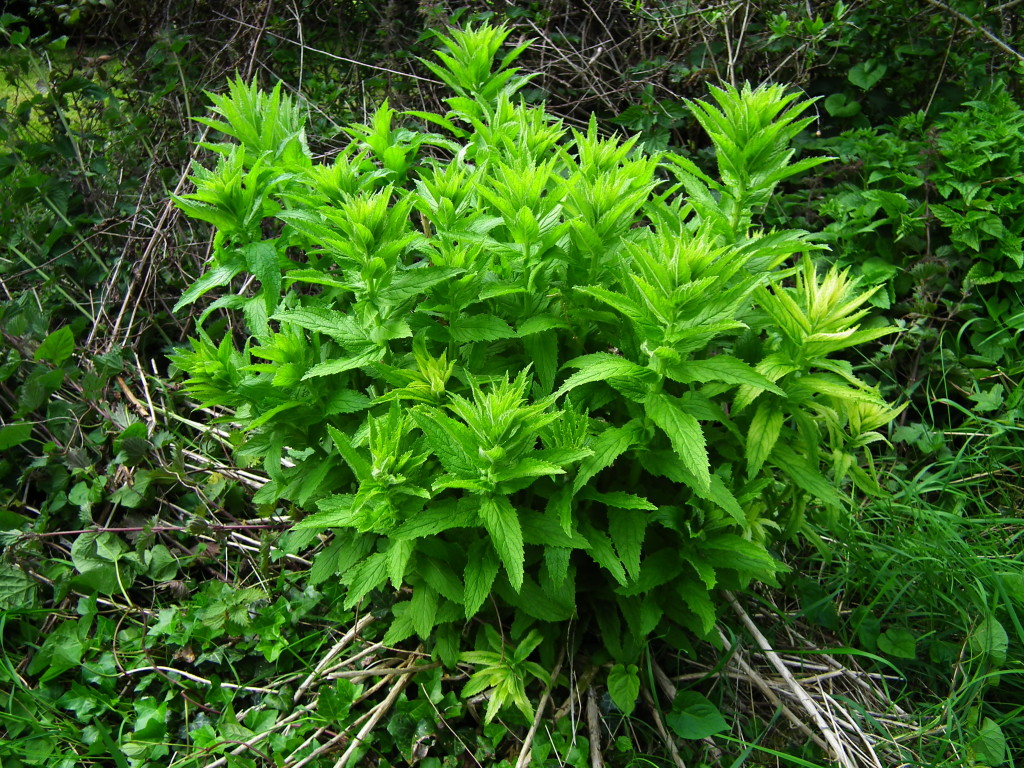 This perennial tends to grow upwards more than outwards as many of the other species of Campanula do.
This perennial tends to grow upwards more than outwards as many of the other species of Campanula do.
The leaves and the flowers are edible.
Cardamine pratensis Lady’s smock
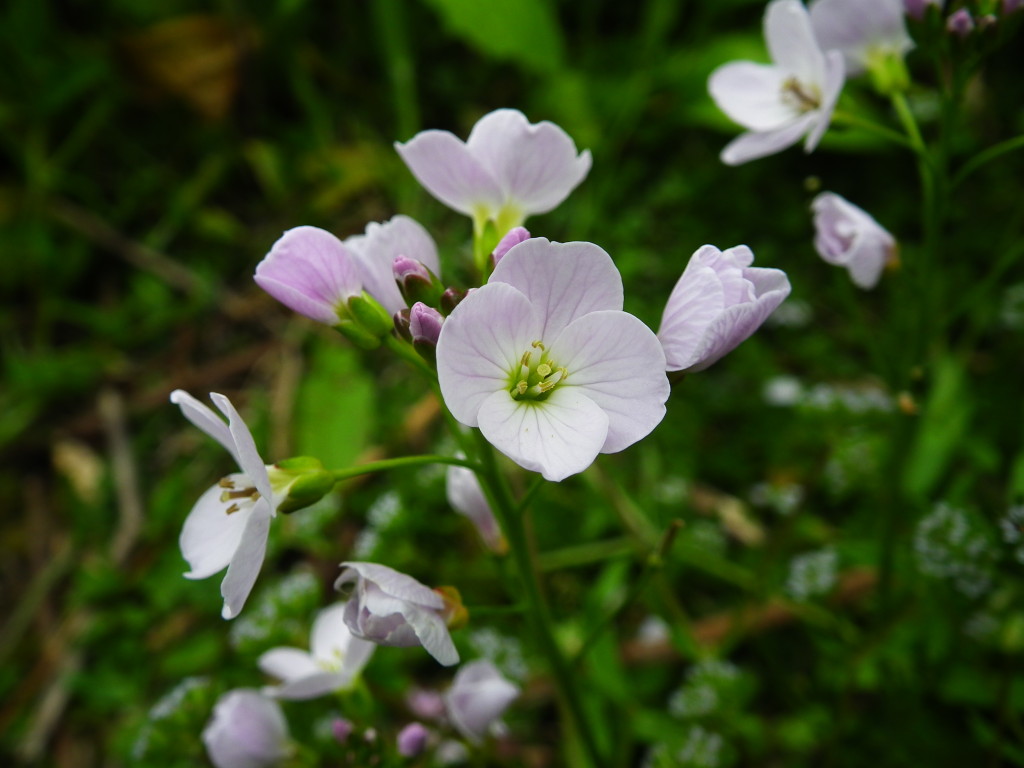
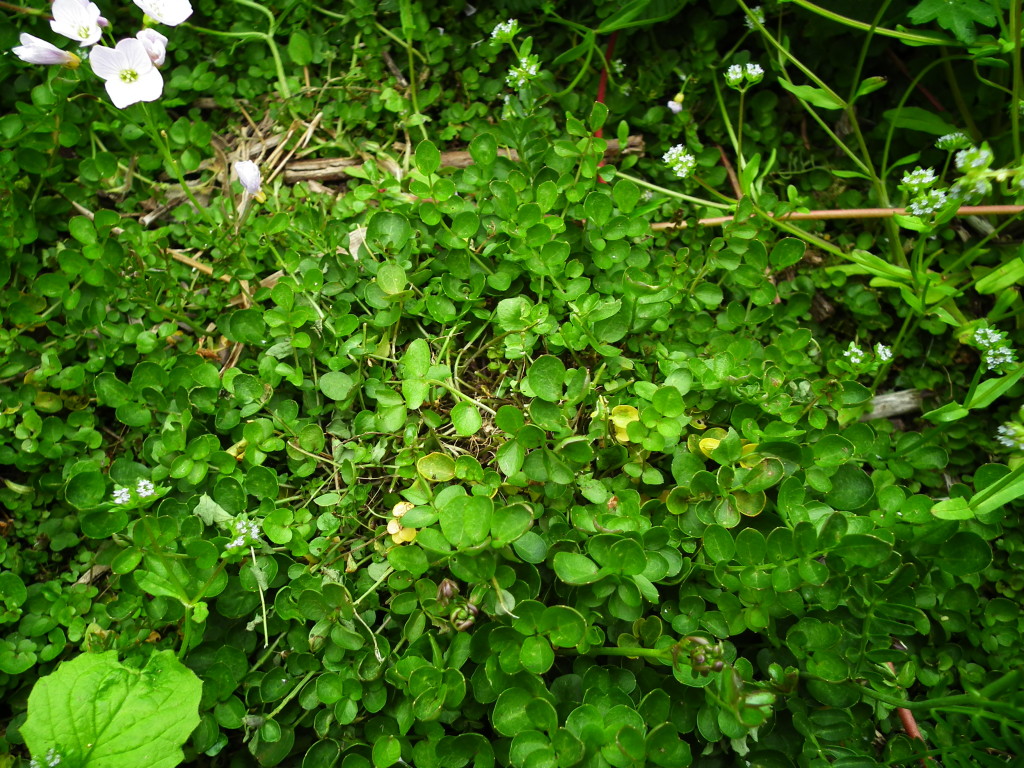 This is a larger, clump forming perennial version of C. Hirsuta and can be used in the same way
This is a larger, clump forming perennial version of C. Hirsuta and can be used in the same way
Rumex acetosa Polish sorrel
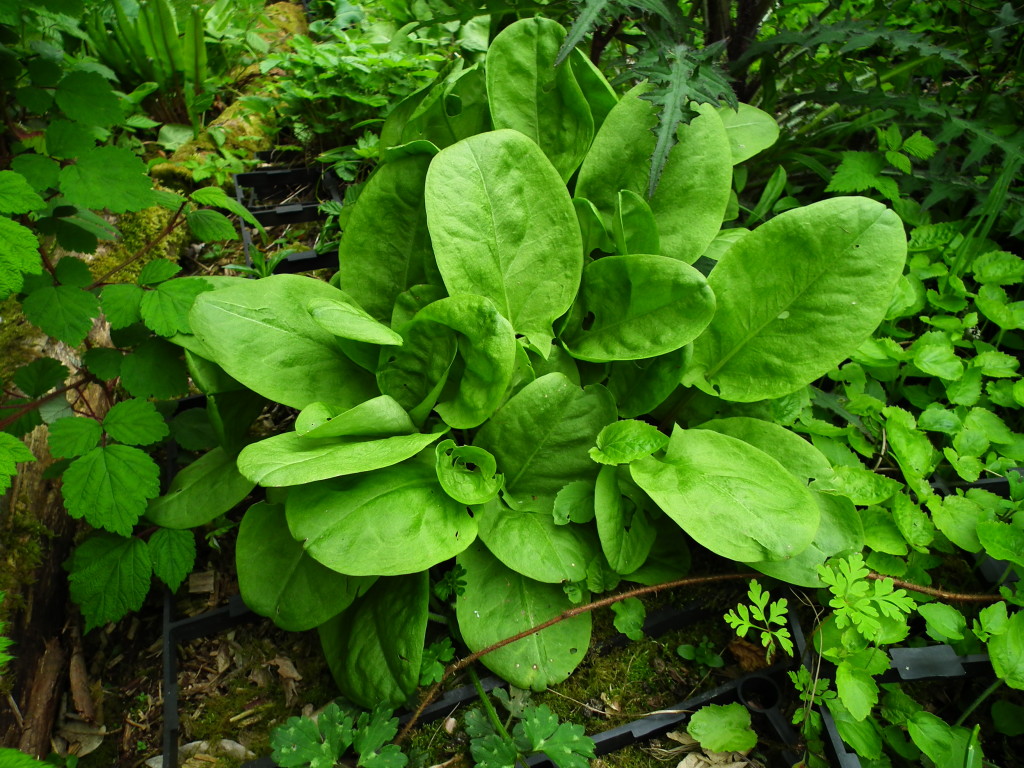 The leaves have an acid lemony flavour.Sorrel exists in both wild and cultivated forms. This one is a superior cultivar, because fresh leaves are available throughout most of the year
The leaves have an acid lemony flavour.Sorrel exists in both wild and cultivated forms. This one is a superior cultivar, because fresh leaves are available throughout most of the year
Oxalis oregana
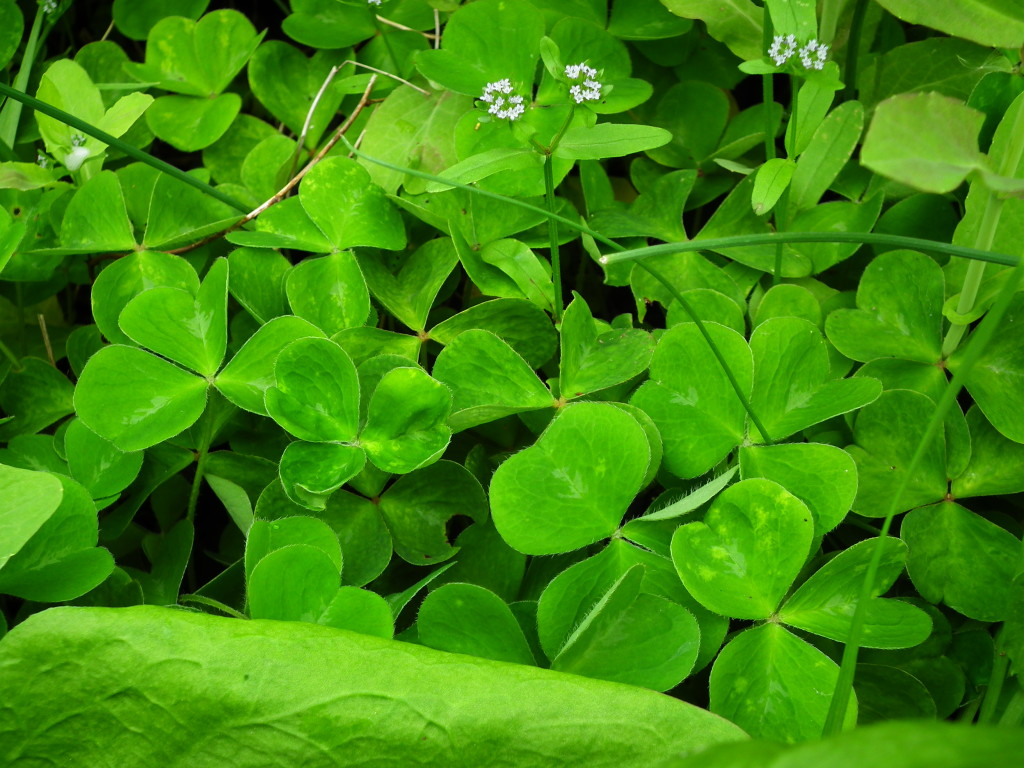 This form of sorrel is related to our native wood sorrel, except that it is bigger. The leaves have a more subtle flavour than Rumex acetosa.
This form of sorrel is related to our native wood sorrel, except that it is bigger. The leaves have a more subtle flavour than Rumex acetosa.
Allium neapolitanum (Daffodil garlic), Alliaceae
The beautiful, edible flowers are now out.
Rubus phoenicolasius Japanese wineberry
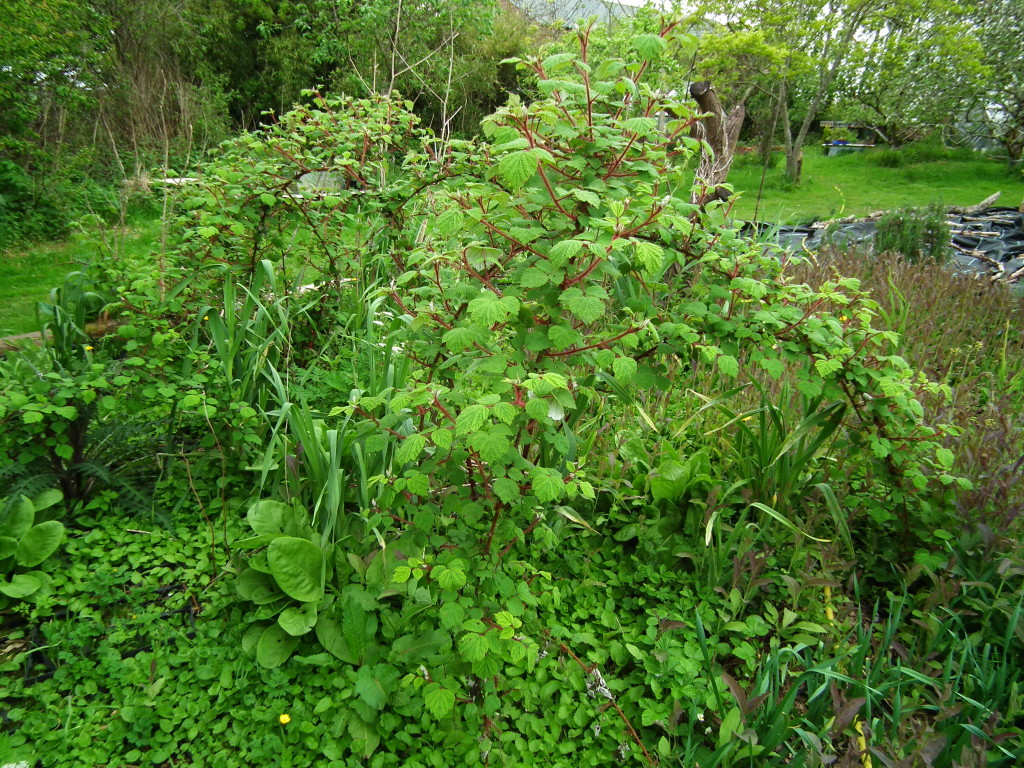 this is a delightful plant, with beautiful stems, leaves, flowers and fruits. The fruits are ready in July or August, and have a lovely flavour. They are also free from maggots , as the calyx closes up again to protect the developing fruit.
this is a delightful plant, with beautiful stems, leaves, flowers and fruits. The fruits are ready in July or August, and have a lovely flavour. They are also free from maggots , as the calyx closes up again to protect the developing fruit.
Houttuynia cordata (Orange peel plant)
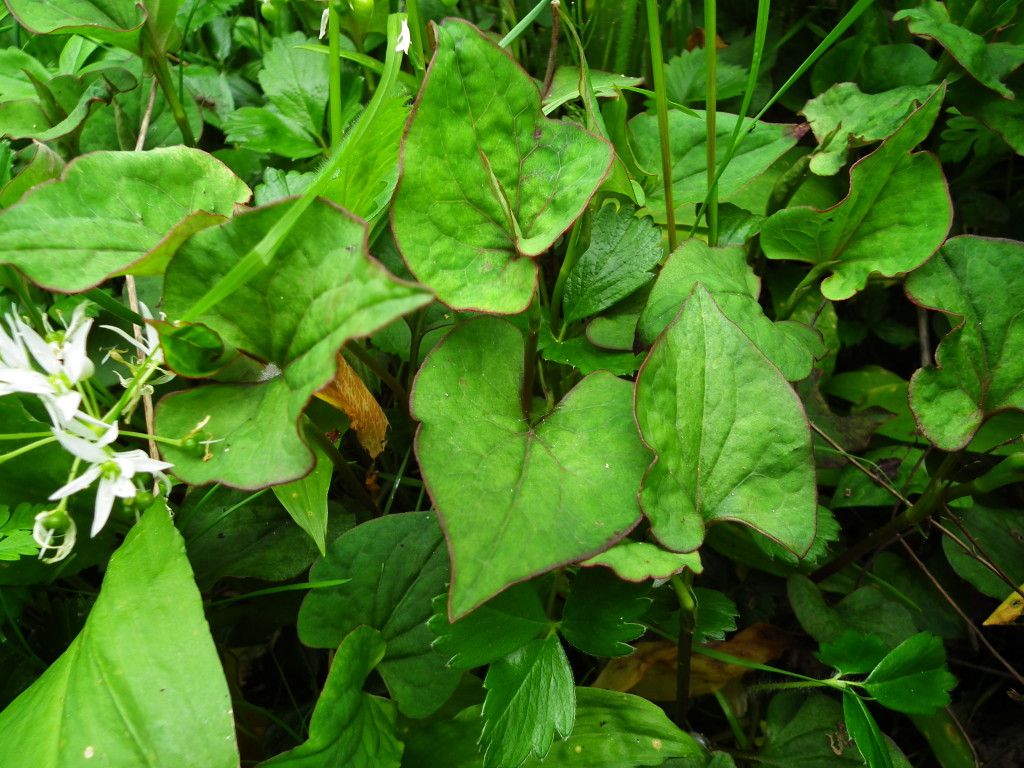 An intriguing plant with an intriguing flavour – as the name suggests. It has many medicinal uses, and small amounts can be added to salads
An intriguing plant with an intriguing flavour – as the name suggests. It has many medicinal uses, and small amounts can be added to salads
Rubus deliciosus (North American Raspberry)
Cercis siliquastrum
Melissa officinalis (Lemon balm)
 Like most other plants at this time of year, this nice and fresh and green. This can be used to make a pleasant soothing tea or added in small amounts to salads.
Like most other plants at this time of year, this nice and fresh and green. This can be used to make a pleasant soothing tea or added in small amounts to salads.
The following perennial medicinal herb can also be used in small amounts in salads or made into teas:-
Mentha piperita peppermint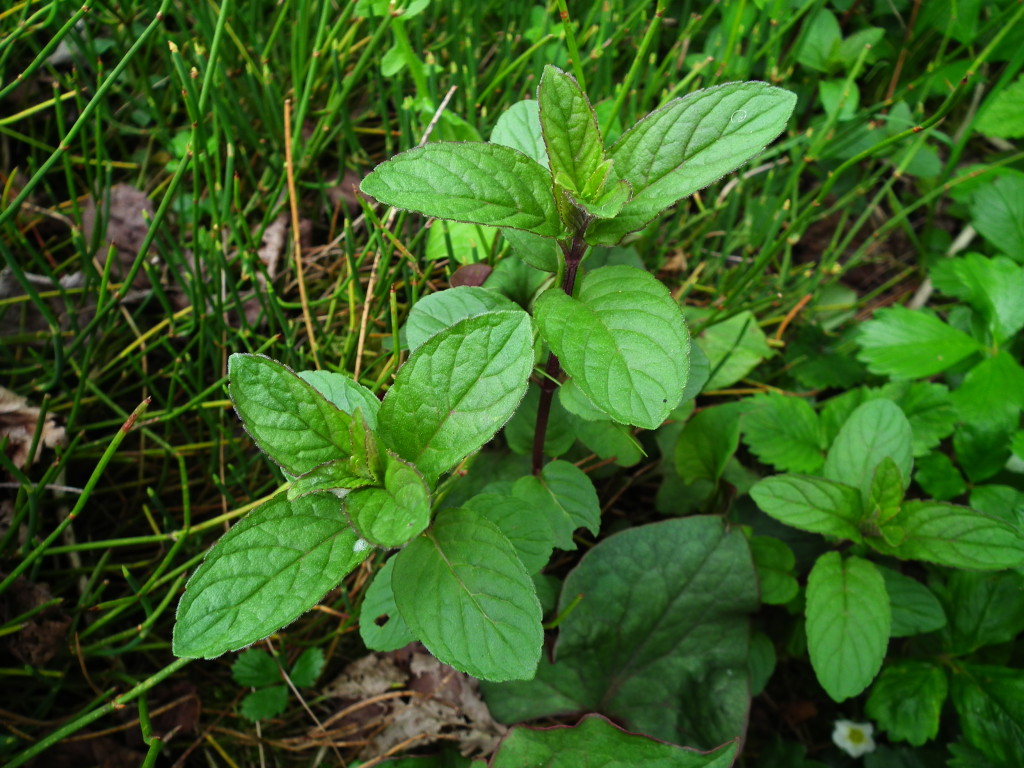
Thymus vulgaris thyme
Rosmarinus officinarlis rosemary
Salvia officinarlis sage
<p style=”text-align: center;”><a href=”http://creativecommons.org/licenses/by-nc-sa/4.0/” rel=”license”><img style=”border-width: 0;” src=”https://i.creativecommons.org/l/by-nc-sa/4.0/88×31.png” alt=”Creative Commons Licence” /></a>
May Walk by Ariadne Fern is licensed under a <a href=”http://creativecommons.org/licenses/by-nc-sa/4.0/” rel=”license”>Creative Commons Attribution-NonCommercial-ShareAlike 4.0 International License</a>.</p>
<p style=”text-align: center;”><a href=”http://creativecommons.org/licenses/by-nc-sa/4.0/” rel=”license”><img style=”border-width: 0;” src=”https://i.creativecommons.org/l/by-nc-sa/4.0/80×15.png” alt=”Creative Commons Licence” /></a>
Photos by by <a href=”ajna.theferns.info” rel=”cc:attributionURL”>Ajna Fern</a>, licensed under a <a href=”http://creativecommons.org/licenses/by-nc-sa/4.0/” rel=”license”>Creative Commons Attribution-NonCommercial-ShareAlike 4.0 International License</a>.</p>
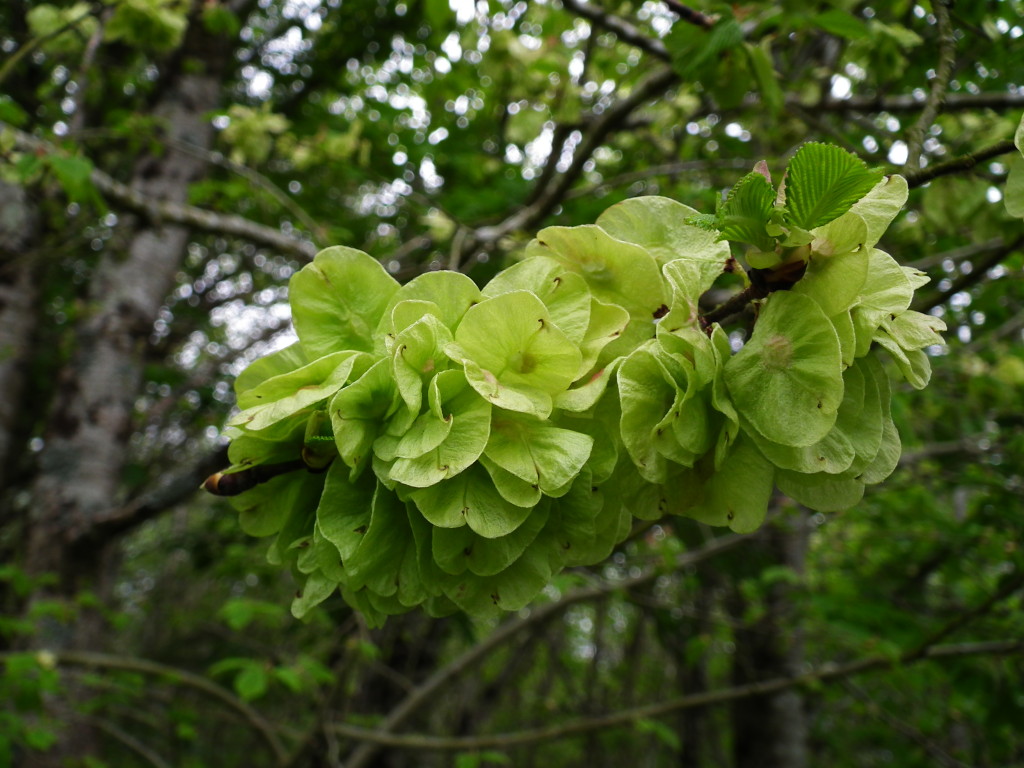

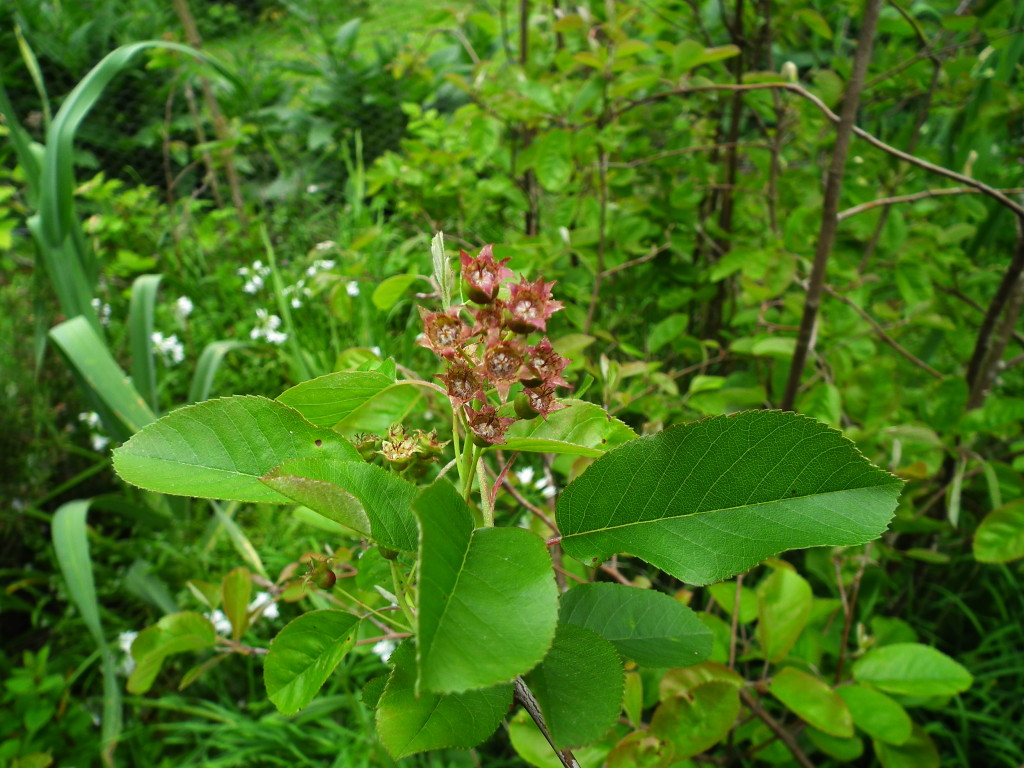
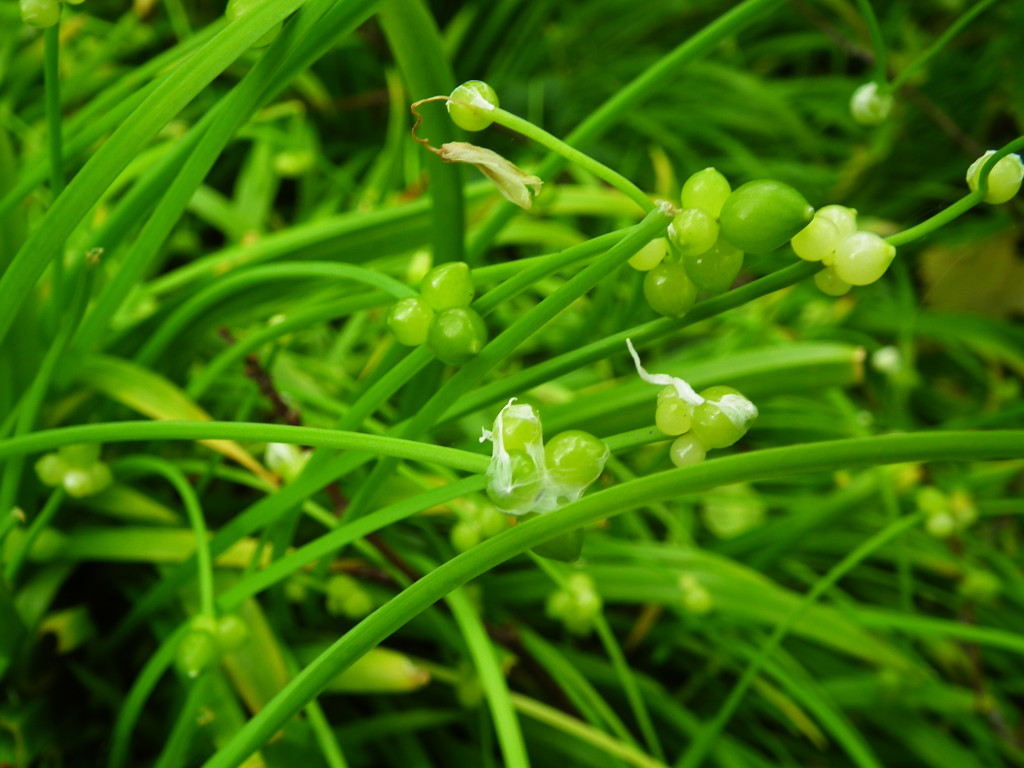
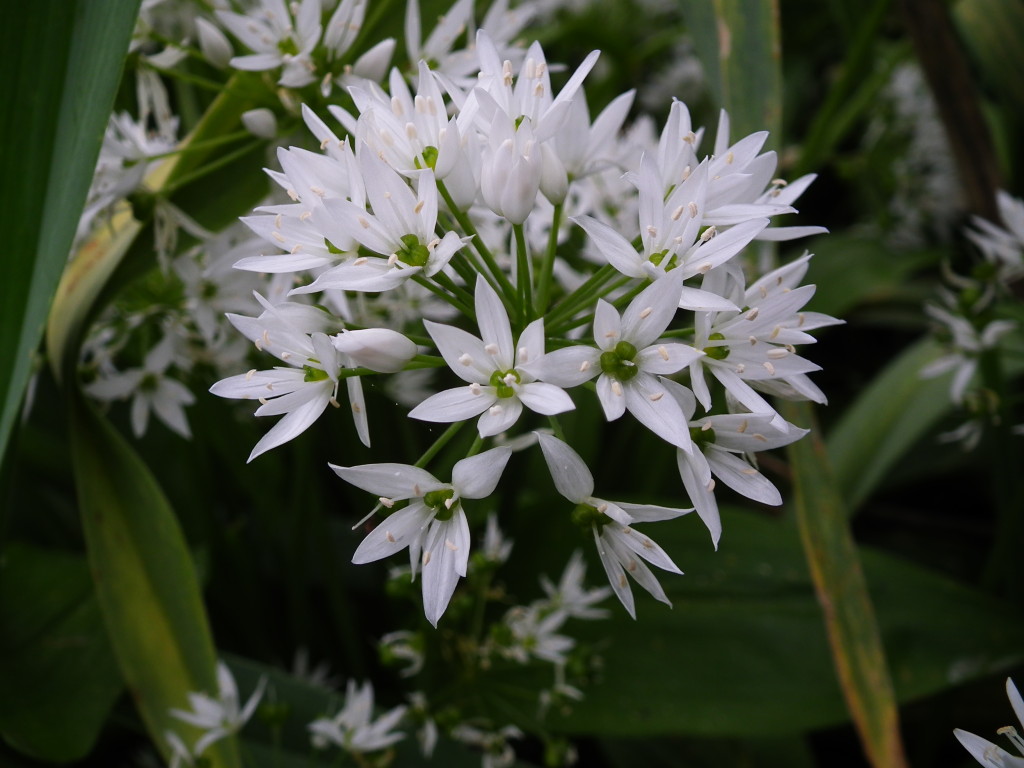
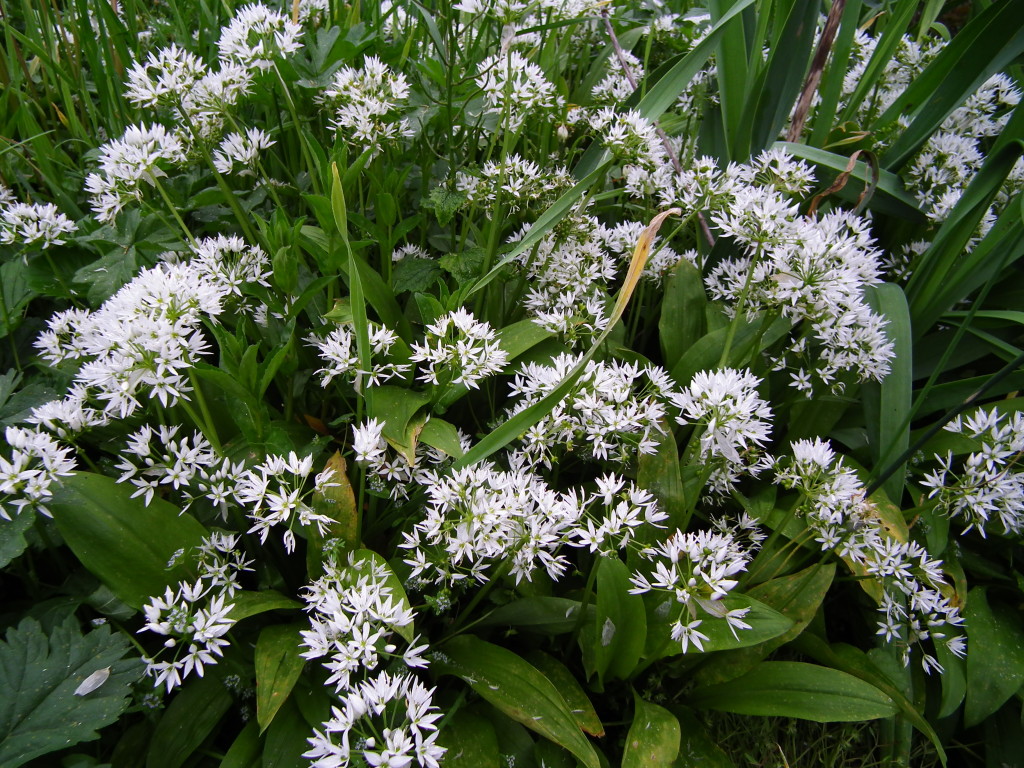
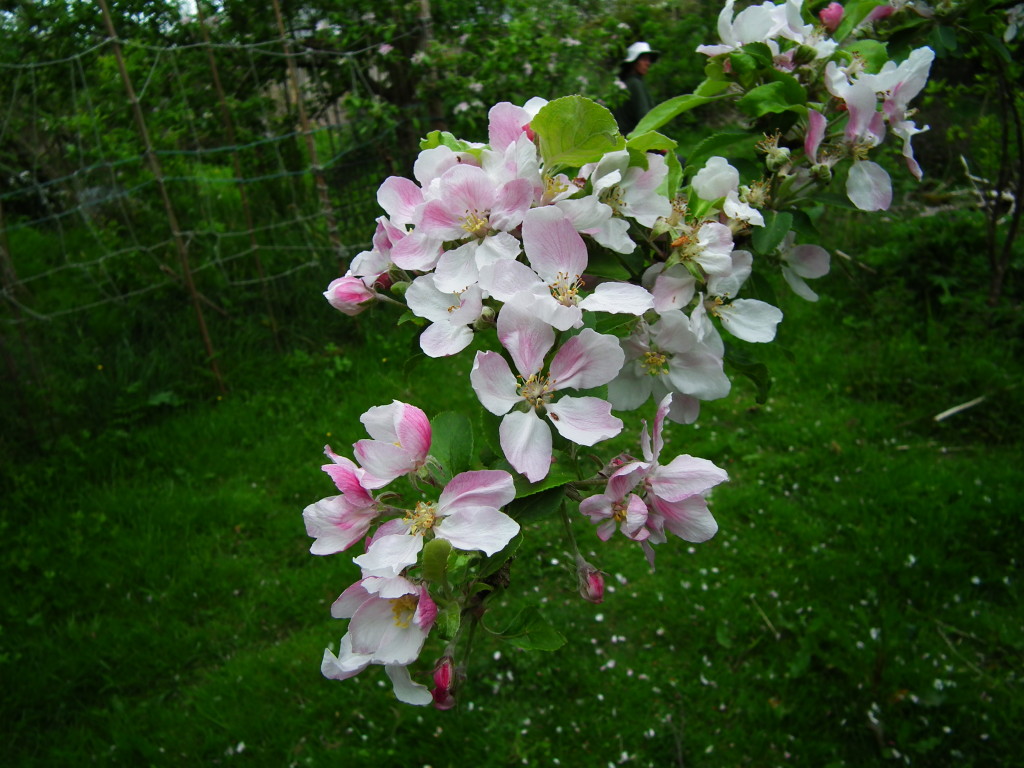
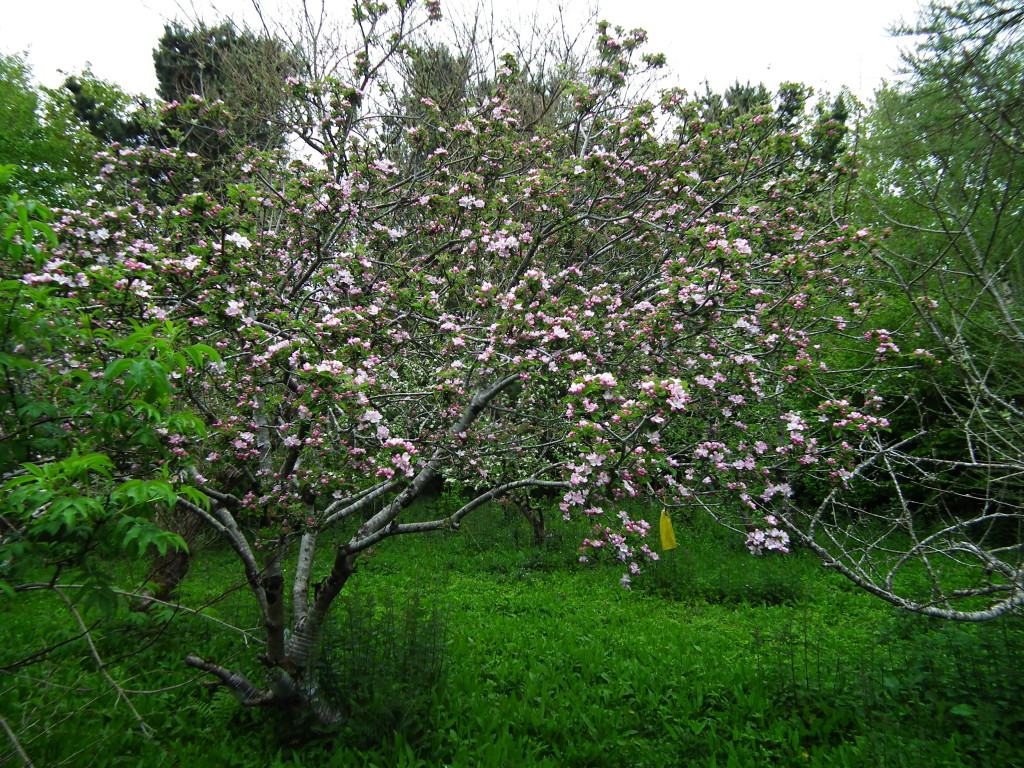
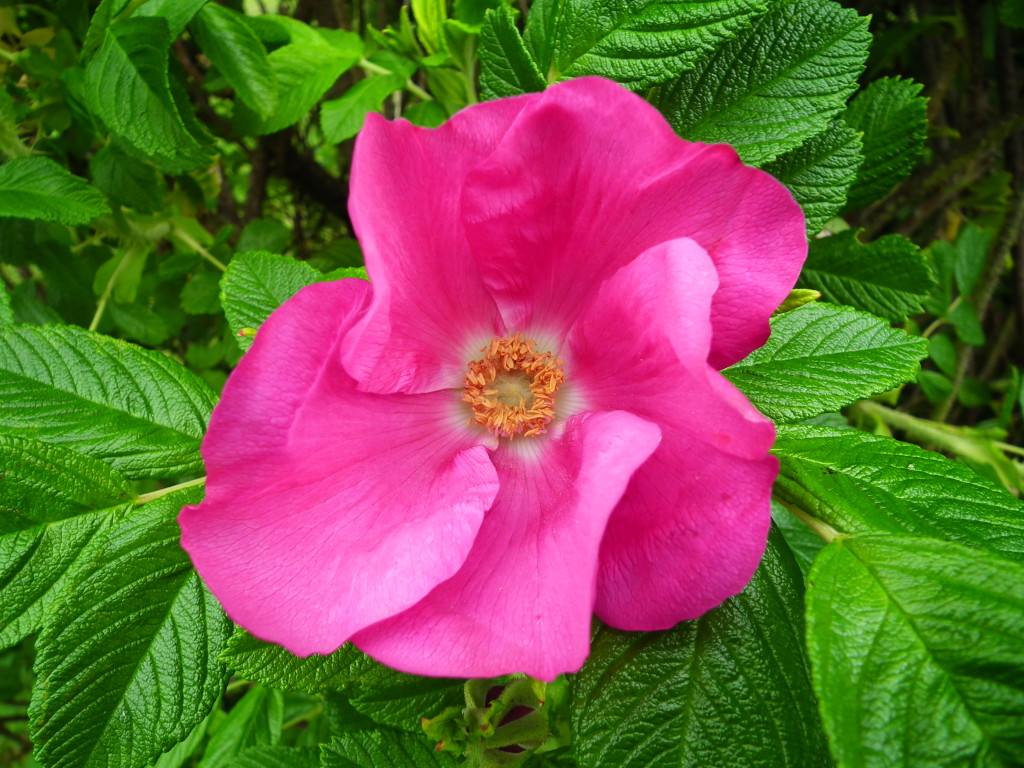
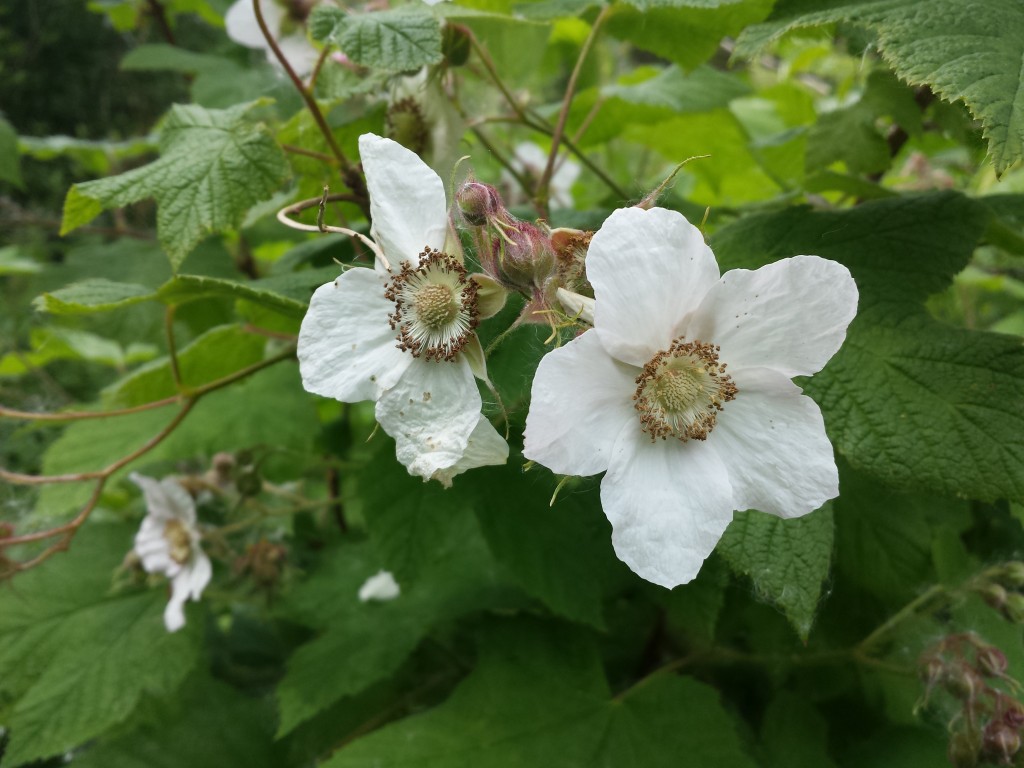
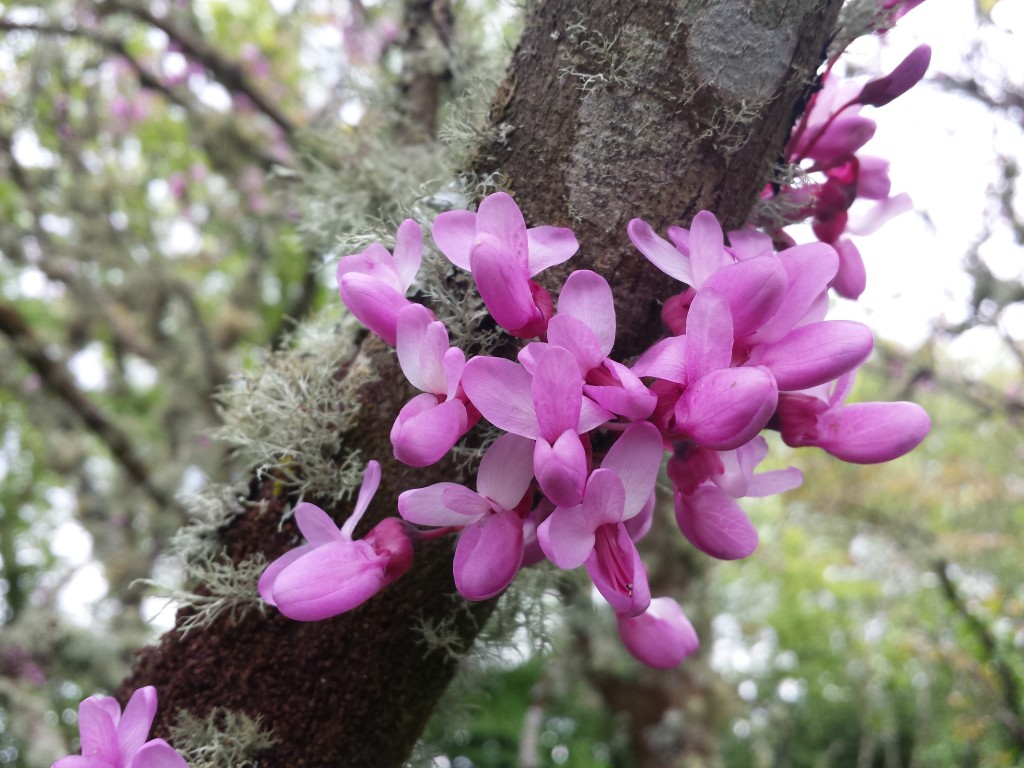
It was a delight to view your website. I suspect the soil and climate in Cornwall is totally different to the south-east. I have grown a hedge of edible natives at the bottom of my back garden. The sea buckthorn berries lean over my neighbour’s fence! I have to get permission to harvest the berries.
Do you still have the land in Devon? What happened to it? Did you sell it off? I would love to know. I visited this land in its early development when Kathleen Janaway was still alive. Best wishes, Stella Collier